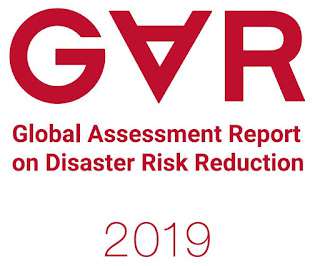Disaster Risk Reduction is not a Paradigm
Emergency Planning
JULY 5, 2019
Like any field of study, disaster risk reduction needs lateral thinking. It is a healthy sign in a field that draws upon more than 40 disciplines for its knowledge (Alexander 2013). Natural Hazards 86: 969-988. Sadly, a follow-the-herd mentality all too easily develops among researchers. References Alexander, D.E.















Let's personalize your content